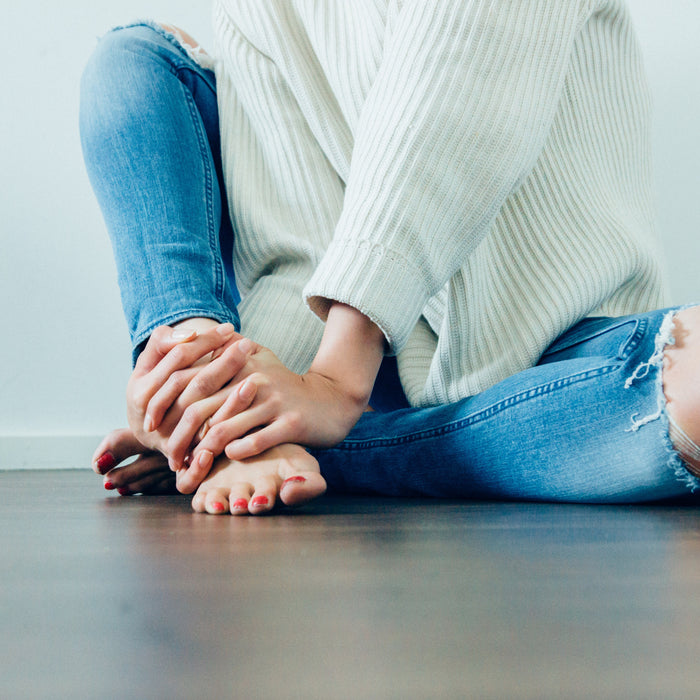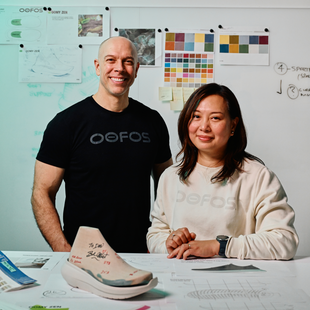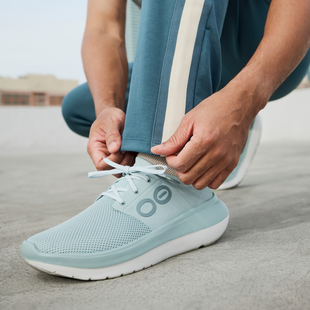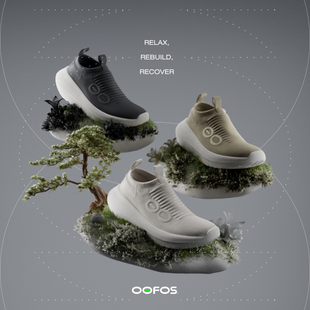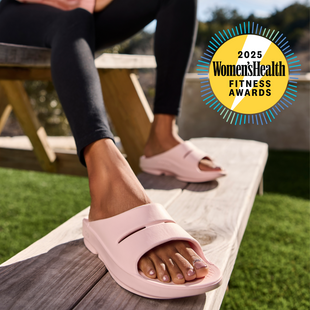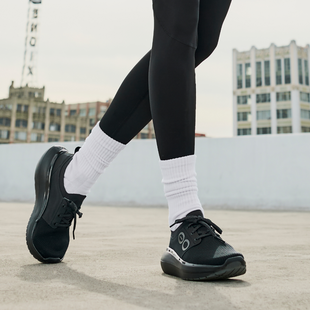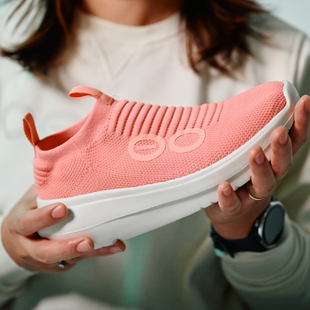It’s a common condition that can result from wearing poor quality running shoes, going too hard too fast, and striking the ground with the wrong part of your foot. It can be tiresome to treat when you want to be out running, but fortunately the fixes are fairly straight forward, like rest, stretching, ice, and plantar fasciitis shoes. You just need to understand what’s happening in your feet so you can effectively address the problem.
Plantar comes from the Latin word for sole, as in the bottom of your foot. Fasciitis means an inflammation (itis) of the fascia, a kind of strong connective tissue found throughout your body. It’s a pretty straightforward ailment. The stretchy tissue binds together your muscles, tendons, and ligaments, helping them all work together. Because the fascia is rich in nerve endings, when it gets inflamed and irritated you’re definitely going to feel it. Fascia is also super flexible, however, if you stretch properly you can gently reduce the contractions in your fascia that make you feel uncomfortable.
Think about when you first get up in the morning— you may feel a little achy and crave a big stretch. That’s because after eight hours (if you’re lucky!) in bed, your fascia has stiffened up from a relative lack of movement. It’s important to ease back into movement or after your fascia have been asked to perform the same task over and over again. This is why it’s so crucial to stretch before and after you run, and for your running recovery routine to include gentle movement like a cool-down walk, an easy swim, or yoga.
That’s just the normal stiffening and soreness that comes from having fascia in your regular human body, however. Plantar fasciitis is so painful because the fascia in the soles of your feet are extra inflamed and irritated. Instead of simply craving a stretch first thing in the morning, you might find it hurts to put weight on your feet when you get out of bed. Maybe your heels and arches don’t just feel stiff, but instead send a jolt of pain around your feet and up your legs.
It might get so bad that you don’t enjoy your runs or feel you can’t head out at all.
To prevent plantar fasciitis, listen to your body. Gauge the difference between a satisfactory, productive soreness after your run and the kind of pain or discomfort that is telling you something is wrong. Don’t overtrain, even if you’re impatient to up your mileage or clock better times.
Runner’s World recommends no more than a 10% increase per week if you want to avoid undue strain. You can also use foam rollers or rubber balls to massage your feet and legs after a tough workout, and do calf and foot stretches to loosen up the muscles that your sole fascia envelope.
Another tip for avoiding or beating plantar fasciitis is getting fitted for running shoes, especially if you’re new to the sport or suspect you might need more arch support. When you get measured for running shoes, you may also be able to have your gait evaluated.
Heel striking is a sure fire way to encourage plantar fasciitis. Instead, look for shoes that will give you a more natural stride that has your arch and the ball of your foot absorb the shock of your landing. That can help prevent only one part of your foot from bearing the brunt of your workout. You can also try trail running over road running, or seek out a track made from softer surfaces than concrete and asphalt.
If you already have plantar fasciitis, you’ll want to discuss treatment options with your doctor depending on the severity. You might be given recommendations like easing off your workout, taking a break from running, icing your feet or calves after runs, or even wearing special splints (especially at night). Whether or not you already have this condition, you can also try plantar fasciitis shoes like OOFOS that gently cradle and support your feet, reducing stress and strain on your fascia after you push yourself to your limit.
Your feet do a lot for you. Some estimates show that the average person’s feet take on as much as 1.5 million pounds of step impact per day – or even more if you’re overweight or running on hard surfaces. You can buy quality running shoes that give you the cushion and padding you need to meet your goals, but at the end of the day it’s still nice to slip on a pair of OOFOS recovery sandals and let the special foam help your feet relax.
After all, running shoes are designed to help you run. OOFOS are designed to help you rest from running, so you can get back out and do it tomorrow without worrying about pain in the soles of your feet.
